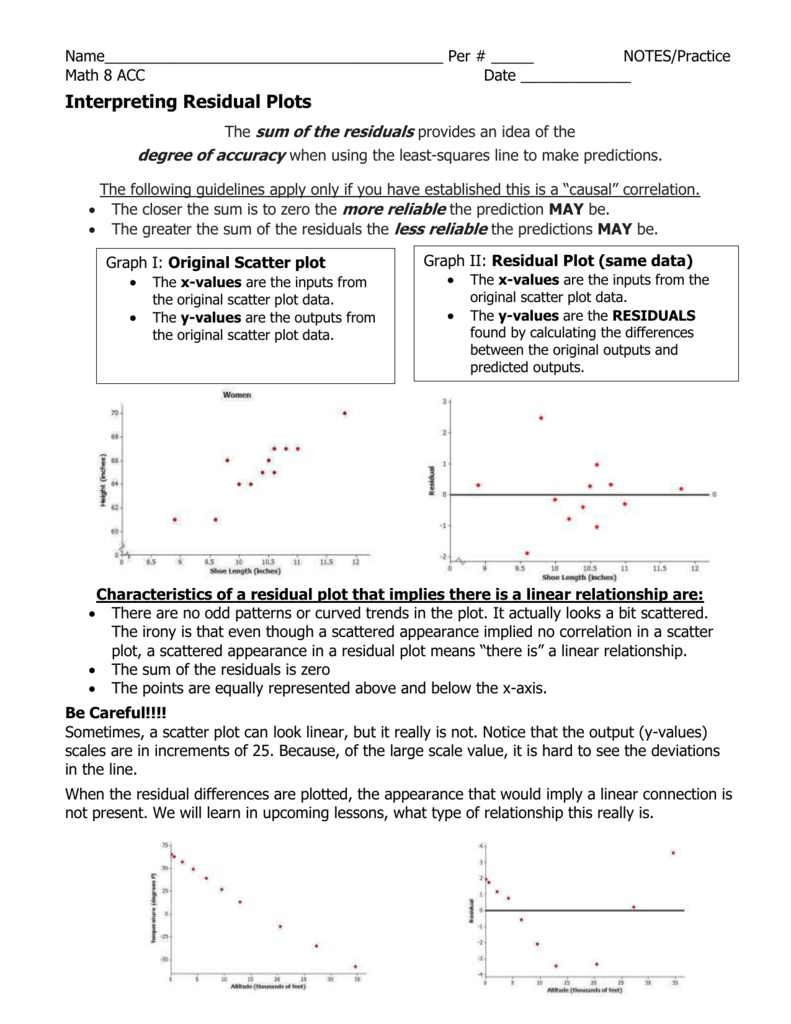

If layout=NA, the function does not set the layout and the user can Must select the layout yourself, or you will get a maximum of nine per page. Of the graph will have this many rows and columns. If set to a value like c(1, 1) or c(4, 3), the layout Any fits in the plots willĪlso be done separately for each level of group. |type would use the factor type to set a differentĬolor and symbol for each level of type. Horizontal axis if the predict method doesn't permit this type,Ī grouping variable can also be specified in the terms, so, for example Result of predict(model), type="terms")) as the Plots against other matrix terms, like splines, use the Plot is against the first-order variable (which may be centered and scaledĭepending on how the poly function is used). To get a plot against fitted values only, use theĪrguments terms = ~ 1. X3 would plot against all regressorsĮxcept for X3. is to plot against all first-order terms, both regressors and factors. This function is used primarily for its side effect of drawingĪ one-sided formula that specifies a subset of the factors and the regressors that appear in the formula that defined the model. The curvature test statistic, and a second column for the corresponding

Returns a ame with one row for each plot drawn, one column for Plot = TRUE, quadratic = FALSE, smooth=TRUE. Quadratic = if(missing(groups)) TRUE else FALSE,Ĭol = carPalette(), col.quad = carPalette(), pch=1, ResidualPlot(model, variable = "fitted", type = "pearson", # residualPlots calls residualPlot, so these arguments can be Main = "", fitted = TRUE, AsIs=TRUE, plot = TRUE, ResidualPlots(model, terms = ~., layout = NULL, ask, Usage # This is a generic function with only one required argument:

Is Tukey's test for nonadditivity when plotting against fitted values. Also computes a curvature test for each of the plotsīy adding a quadratic term and testing the quadratic to be zero. Plots the residuals versus each term in a mean function and versusįitted values. See outlierTest in car for related methods.ResidualPlots: Residual Plots for Linear and Generalized Linear Models Description See residualPlots in car and nlsResiduals in nlstools) for similar functionality. A legend will only be placed if the mdl is an indicator variable regression, even if legend=TRUE. If the user chooses to add a legend without identifying coordinates for the upper-left corner of the legend (i.e., legend=TRUE) then the R console is suspended until the user places the legend by clicking on the produced graphic at the point where the upper-left corner of the legend should appear. This only works for models created with lm(). The user can include the model call as a title to the residual plot by using main="MODEL". See the help for this function for more details. If outlier.test=TRUE then significant outliers are detected with outlierTest from the car package. Studentized residuals are the externally studentized residuals returned by rstudent for linear models and are not available for nonlinear models.Įxternally Studentized residuals are not supported for nls or nlme objects. Standardized residuals are internally studentized residuals returned by rstandard for linear models and are the raw residual divided by the standard deviation of the residuals for nonlinear models (as is done by nlsResiduals from nlstools). Raw residuals are simply the difference between the observed response variable and the predicted/fitted value. Three types of residuals are allowed for most model types. )Ī logical that indicates if the plot for the one-way and two-way ANOVA will be a boxplot ( TRUE default) or not. ResidPlot(object, legend = "topright", cex.leg = 1, = 0. Resid.type = c("raw", "standardized", "studentized"), Different symbols for different groups can be added to the plot if an indicator variable regression is used. DescriptionĬonstructs a residual plot for lm or nls objects. ResidPlot: DEPRECATED - Construct a residual plot from lm or nls objects.


 0 kommentar(er)
0 kommentar(er)
